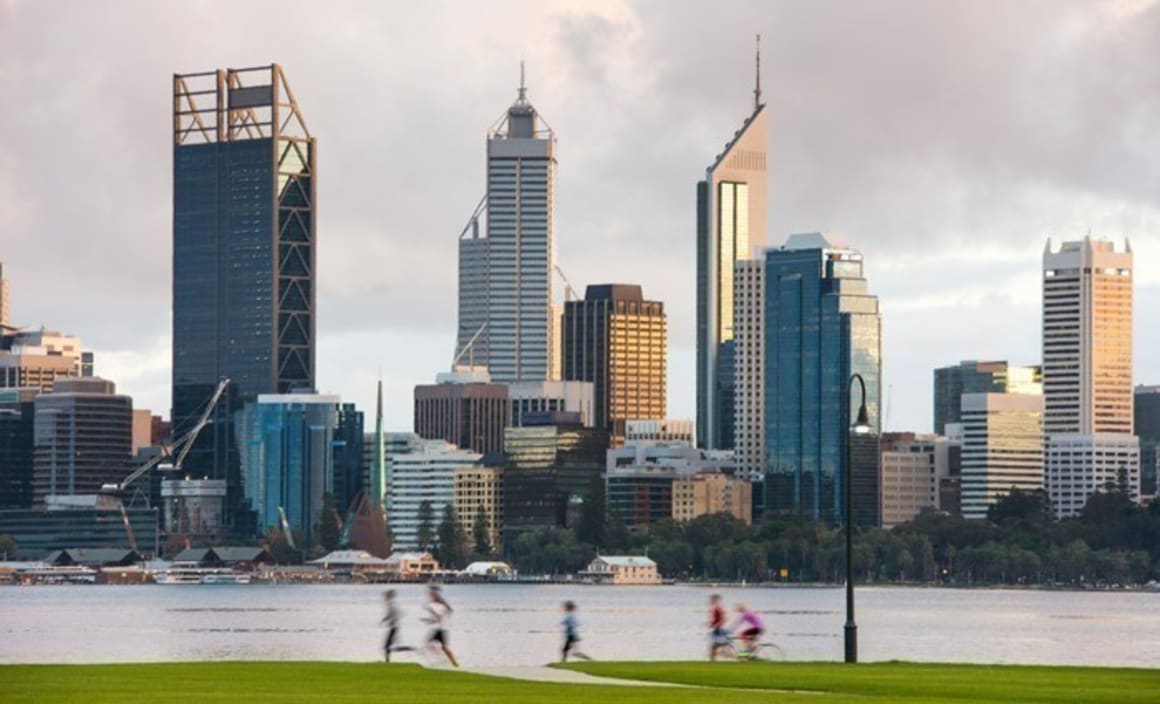Perth industrial property on the improve, still difficult to lease

Industrial vacancy rates in Perth are starting to stabilise according to Colliers International, however it is still hard going for WA landlords.
The latest report from Colliers International into the Perth market found vacancy for assets over 2,000sqm increased to 9.1 per ent over the six months to September 2016, with a total of 831,333sqm available for lease.
Colliers said an increase in larger assets over 5,000sqm coming to market and remaining vacant for an extended period drove face rents lower during the 2015-16 financial year.
"The supply of smaller stock sub 2,000sqm has also increased and this is where most of the pain is being felt," the report said.
"Tenants are taking advantage of the soft conditions to secure rent reductions at lease expiries and market rent reviews, which has impacted investment returns.
"Despite softer rents, demand remains the underlying issue and assets are still difficult to lease.
"Typical industrial leases tend to range between three and seven years, with the most common being five years.
"Due to the timing of lease commencement and reviews, some tenants have been locked into boom-time rents, despite trading and economic conditions moderating for the past two years.
"This has, in some cases, severely impacted on the tenant’s bottom line over the past financial year."
The report noted reduced business turnover and the ability to absorb higher rental charges have been impacted by moderating economic activity and slower population growth.
"Perth’s residential construction sector is slowing alongside population growth," it said.
"The flow-on effects of this to the rest of the economy in terms of economic activity and employment are expected to further impact industrial space demand.
"The moderation in commercial and residential construction activity has had a significant impact on direct employment in the sector, with the latest statistics from the Australian Bureau of Statistics indicating 36,400 less employees in the construction sector for the year to September 2016.
"This has had a flow-on effect in ‘Transport and Storage’, ‘Manufacturing’ and ‘Property and Business Services’ employment with falls of 6,200, 1,400 and 700 employees respectively.
"We predict prime warehouse rents will bottom out in 2016, with the market then likely to remain stable for the short to medium term. Vacancy looks to be stabilising based on the early months of the 2016-17 financial year.
"With net face rents now 25 to 30 percent below peak, landlords can expect more stability in subsequent quarters.
"However, demand looks likely to be soft for a little while longer, with vacancy remaining steady. Hence landlords are likely to continue competing vigorously for tenants with plenty of space still on the market.
"It appears the worst of this investment boom downturn may have unfolded and we are now expecting a positive development in the form of less large vacant space coming to market.
"As economic stability establishes following the transition, prospects for a return to growth should improve.
"Despite lacklustre economic conditions, design and construct activity continues to occur, albeit at a lower volume. Although slower, WA’s population continues to grow, and businesses servicing the population base continue to experience demand.
"There is approximately 103,400sqm of space under construction, and scheduled for completion in the next 12 months in the Perth Metropolitan area.
"The most recent major projects include the 30,000sqm Bunnings warehouse and distribution facility in Maddington and a 10,000sqm Cleanaway facility in South Guildford.
"In addition to this a new 24,190sqm Swan Brewery distribution facility is planned for Canning Vale on land that had been subdivided from its former factory.
"The impacts of lower tenant demand are continuing to flow into industrial land demand, where we have seen a general fall in pricing over the past 12 months.
"Developable industrial land supply increased post GFC and this has also negatively impacted land value growth since.
"Looking ahead, we expect land values to stabilise around current levels for core precincts where land availability is limited. For fringe locations, some further moderation is possible, as demand remains weak in the short-term.
"Major transactions in the Greater Perth area declined over the financial year 2015-16. In the twelve months to the end of June 2016, 62 transactions over $3 million were settled for a total value of $712.4 million. This was down 26.2 percent from the 2014-15 financial year result of 84 transactions with a total value of $870.4 million.
"The historically low interest rate environment, combined with yield compression evident across other property sectors and investment classes, is in turn likely to result in increased tolerance of lower or firmer internal rates of return in the industrial market."